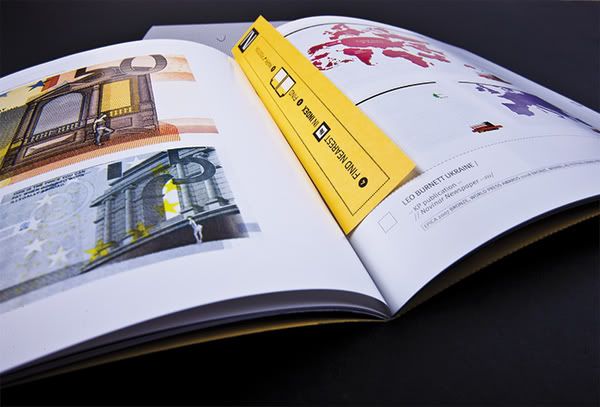Artists' books are not books about art; they are art expressed through book form. When the content and form of a book are considered together, and given equal significance, the book becomes more than a simple container for information. The goal of many book artists is to involve the reader actively in the viewing process, not only to see the words on the page but also to think about how the words, pictures, and physical form of the object all contribute to the meaning.
In the western tradition, readers are so familiar with the codex or traditional book format that they rarely think about the form, only about the contents. To break out of this mindset, the format of the book must step out of the ordinary, in whatever small or large way, so that the reader will no longer take it for granted. Instead, the form of the book becomes an integral and dynamic part of the work and of the reader's experience. This can be achieved simply by changing the traditional codex form into a scroll or accordion, by altering the typography, or by the use of creative binding materials so that the work draws attention to itself as a whole. Some book artists go further, altering the form to the point that the book no longer functions for reading. Bindings have been torn, glued shut, or tied up, text may be transformed or unintelligible. All that is left is the idea of the book and the viewer's reaction to it.
Artists' books are not really a new concept. Several traditions in book publishing can be seen as precursors to this modern notion. Perhaps the earliest example of a book artist in the modern sense was William Blake (1757-1827). Blake, a poet, painter, engraver, and visionary mystic, produced a series of remarkable books in which the illustrations were intrinsic to his text. He not only wrote and illustrated the books, but also pulled the etchings, hand colored the plates, and sold them in multiple editions. However, he worked so far outside of the mainstream of his day, that he had no immediate followers.
A clearer line can be drawn from another nineteenth century artistic innovation. That is the livre d'artiste which became popular in France during the 1890's. The art dealer Ambroise Vollard began to commission his artists to illustrate texts, often classics, and then to have these works finely printed and bound. The livre d'artiste emphasized the illustrations in the book and produced a beautiful well-crafted work similar to today's fine press illustrated book. However, these are not works conceived and produced by the artist, and to some cannot be considered artists' books in the modern sense.
The idea of artists becoming involved with inexpensive multiple editions of their own works in published format may be seen in the work of the Futurists, Dadaists, and Constructivists of the early part of this century. These groups manipulated the boundaries between art forms particularly in the integration of typography and image in their manifestos. This trend was revived in the late 1950's and 1960's by the Fluxus group, who begin publishing their own works by creating the Something Else Press in 1964.
Finally changes in the larger art world of the 1960s were a key component of the development of the contemporary artists' book. During this period, artists sought ways to bypass the traditional gallery and museum systems. Alternative artists' spaces, co-ops, happenings, performance art, and other innovations became vehicles used to reject the materialism and bureaucracy of the mainstream contemporary art world. Advances in technology from Polaroid cameras to photocopiers to computers soon allowed artists to become their own publishers.
By
UNIVERSITY OF DELAWARE LIBRARYSpecial Collections Department





































